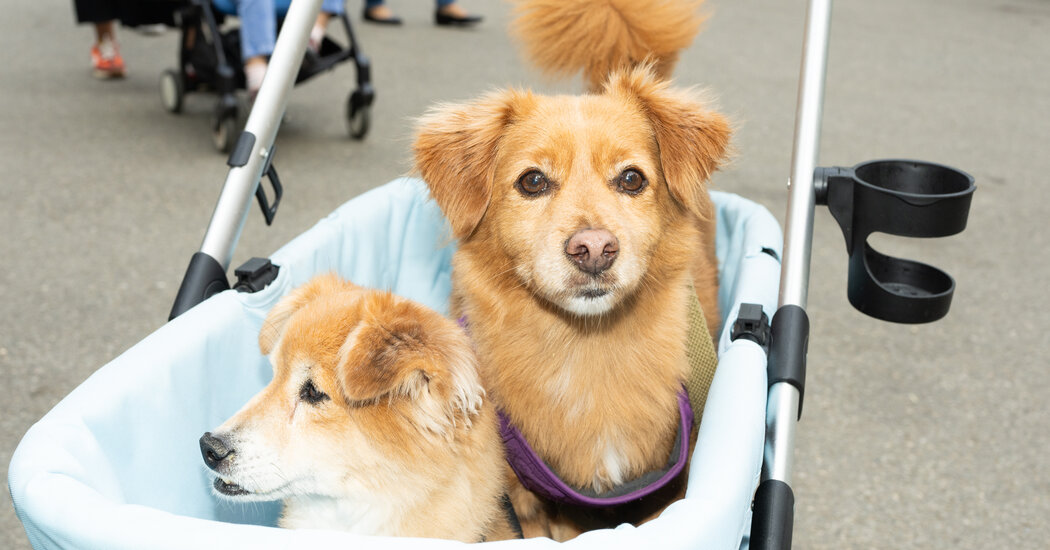
Pets are more popular than ever. Roughly two-thirds of American homes have at least one pet, up from 56 percent in 1988, according to the American Pet Products Association, and Americans spent $136.8 billion on their pets in 2022, up from $123.6 billion in 2021. An estimated 91 million households in Europe own at least one pet, an increase of 20 million over the past decade. The pet population in India hit 31 million in 2021, up from 10 million in 2011.
And our pets are becoming ever more like us — or at least, that seems to be our goal. We pamper them with customized nutrition plans and knapsack carriers, dog hydrotherapy and stays in boutique cat hotels. At All the Best, a high-end pet store chain in Seattle, the most popular items are feline and canine enrichment toys, designed to stimulate them and bring happiness to animals that increasingly “are lying around alone and bored,” said Annie McCall, the chain’s marketing director.
Now some animal welfare ethicists and veterinary scientists are wondering if, in our efforts to humanize our pets, we’ve gone too far. The more we treat pets like people, they argue, the more constrained and dependent on us our pets’ lives have become, and the more health and behavioral issues our pets develop.
“We now view pets not only as family members but as equivalent to children,” said James Serpell, an emeritus professor of ethics and animal welfare at the University of Pennsylvania School of Veterinary Medicine. “The problem is, dogs and cats are not children, and owners have become increasingly protective and restrictive. So animals are not able to express their own doggy and catty natures as freely as they might.”
The health risks begin with breeding, of course. One of the most popular dog breeds in the United States is the French bulldog, a member of the brachycephalic family of flat-faced dogs that bond well with people but have trouble breathing, among other severe health problems.
